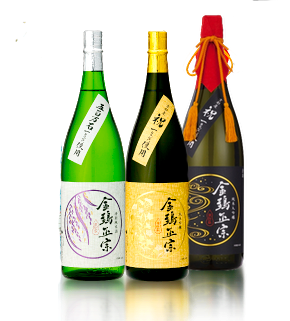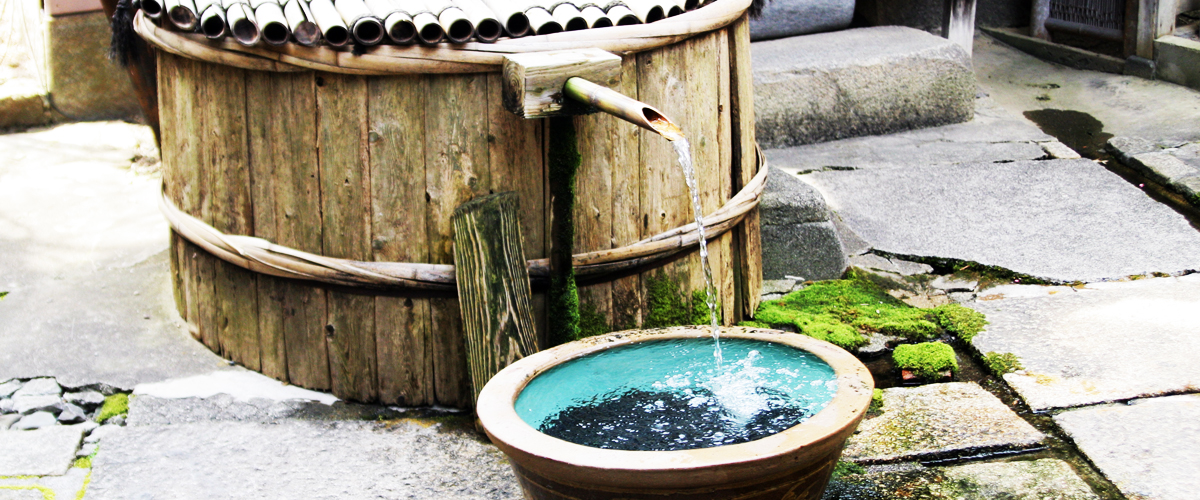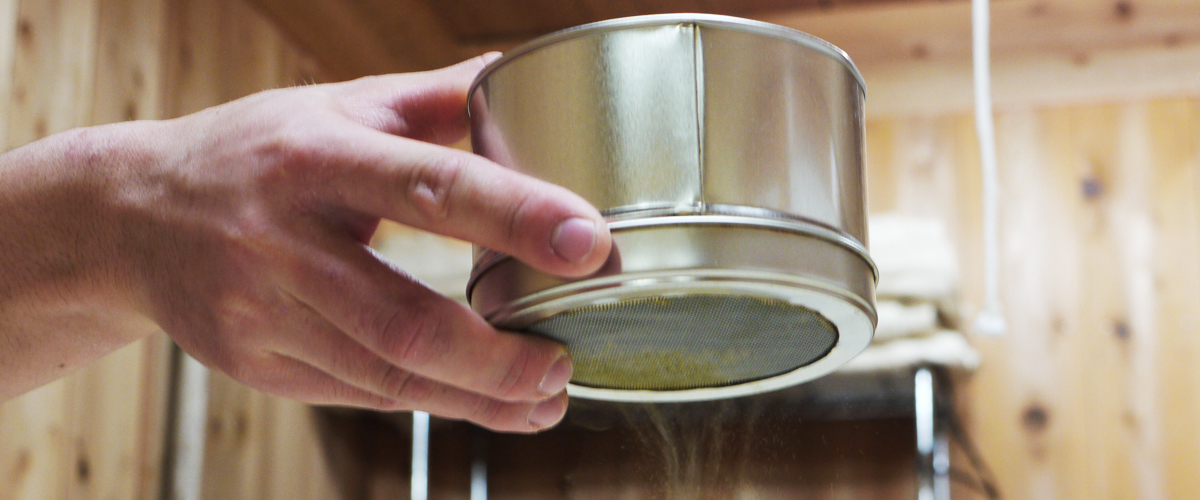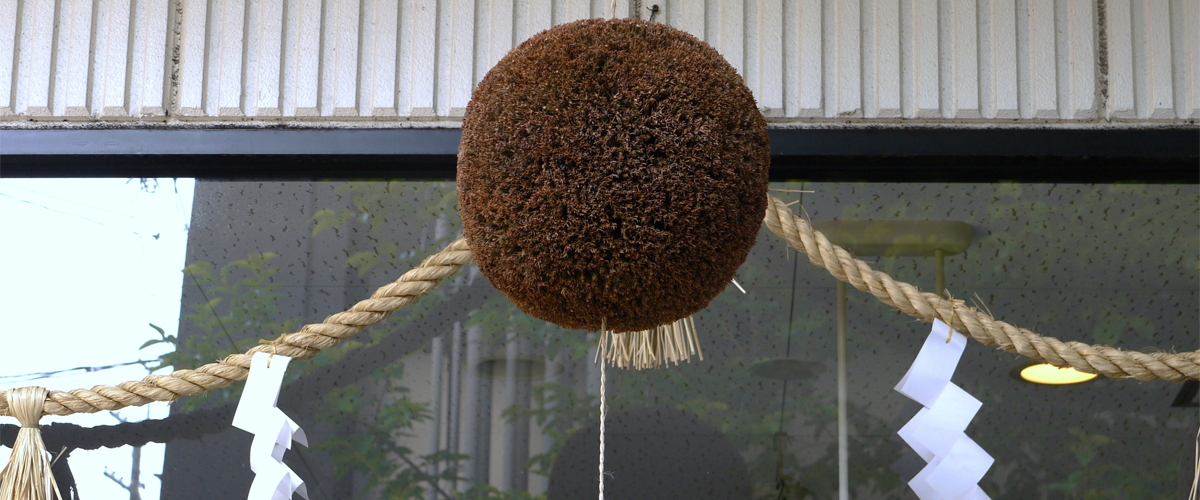
Bringing Tradition into the Future
More than 200 years of determination and skill, combined with the natural spring “water of life” that flows from Kinshi Masamune’s wells in Kyoto, is what produces the superlative sake that has been loved for generations.





